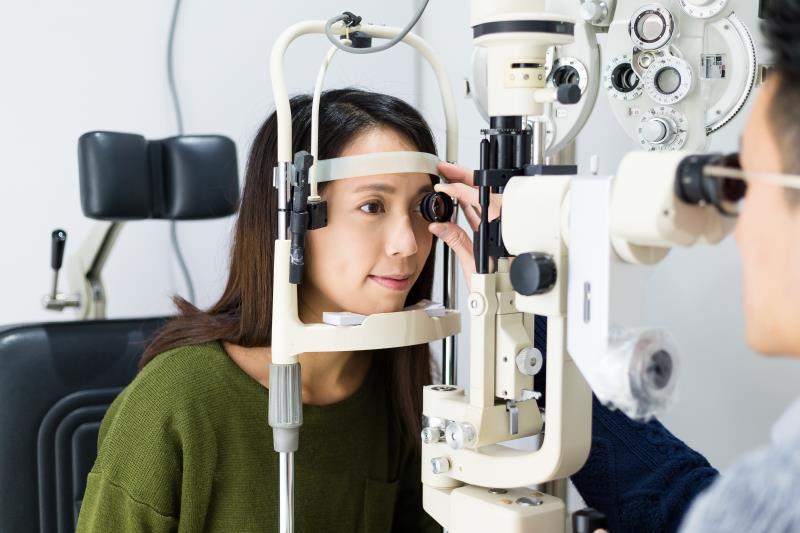
Chronic kidney disease (CKD) may be linked to primary open-angle glaucoma (POAG) in individuals of certain Asian ethnicities, according to a pooled analysis of studies from Asia.
“In the overall sample, no significant associations between kidney function and CKD with POAG were observed. However, significant associations were observed in the combined subgroups of Chinese and Koreans, suggesting that such association may only be present in East Asians specifically,” said the researchers.
The researchers examined data from nine population-based studies – comprising 28,925 individuals (57,340 eyes) from China, Hong Kong, India, Korea, Russia, and Singapore – included in the Asian Eye Epidemiology Consortium. Of these, 856 were determined to have POAG (mean age 64.2 years, 50.6 percent male, mean estimated glomerular filtration rate [eGFR] 78.2 mL/min/1.73 m2, 18.2 percent with CKD [eGFR <60 mL/min/1.73 m2]). They were compared with the 28,069 individuals without POAG (mean age 56.1 years, 45.9 percent male, mean eGFR 86.5 mL/min/1.73 m2, 9.8 percent with CKD).
Overall, decreasing eGFR was not associated with POAG (adjusted odds ratio [adjOR], 1.01, 95 percent confidence interval [CI], 0.96–1.05 for every 10 mL/min/1.73 m2 reduction in eGFR; p=0.769). There was also no association between CKD and POAG (adjOR, 1.04, 95 percent CI, 0.84–1.27; p=0.729). [Br J Ophthalmol 2020;doi:10.1136/bjophthalmol-2019-314890]
Pooled analysis found no link between reduced eGFR (β, -0.02 per 10 mL/min/1.73 m2 decrease; p=0.118) or CKD (β, -0.04; p=0.533) with intraocular pressure (IOP).
When assessed by individual study, there was a significant association between reduced eGFR and POAG in the Singapore Chinese Eye Study (OR, 1.20; p=0.019), specifically among individuals with diabetes (OR, 1.44; p=0.001) or hypertension (OR, 1.21; p=0.014), while CKD was linked to POAG in individuals with diabetes (OR, 4.15; p=0.016). In the Central India Eye and Medical Study, eGFR was associated with POAG among individuals with hypertension (OR, 1.17; p=0.049).
In contrast to the overall findings, subgroup analysis of Korean and Chinese participants (combined) showed a significant association between reduced eGFR and POAG (OR, 1.09 per 10 mL/min/1.73 m2 decrease; p=0.048). Likewise, severe decline in kidney function, defined as eGFR <45 mL/min/1.73 m2, was associated with POAG (OR, 2.57; p=0.004). Among Chinese and Korean patients with diabetes, CKD (OR, 2.09; p=0.032), severe decline in kidney function (OR, 4.88; p=0.002), and reduced eGFR (OR, 1.23; p=0.003) were factors associated with POAG.
“This finding may indicate that the association between poorer kidney function and POAG may be specific to Korean and Chinese individuals,” said the researchers, noting that this finding could be confirmed by examining the CKD-POAG association in the Japanese population. In addition, studies in Western populations could identify whether ethnicity plays a role in the kidney function-POAG association.
“[These findings suggest that] regular glaucoma screening among individuals with kidney disease may be more beneficial for specific East Asian ethnicities, rather than wide implementation for the whole Asian population,” they noted.